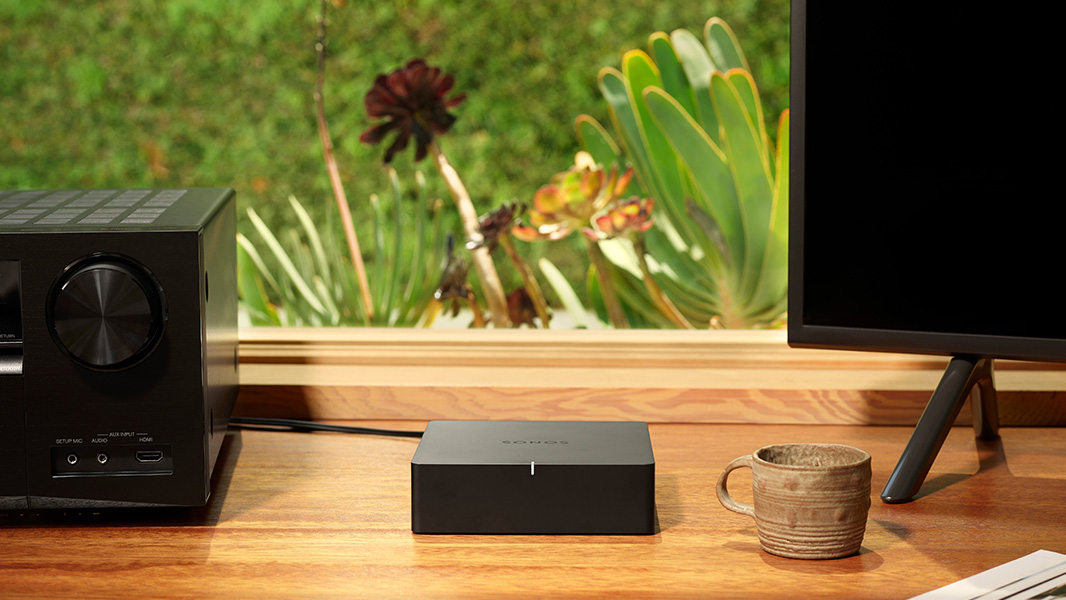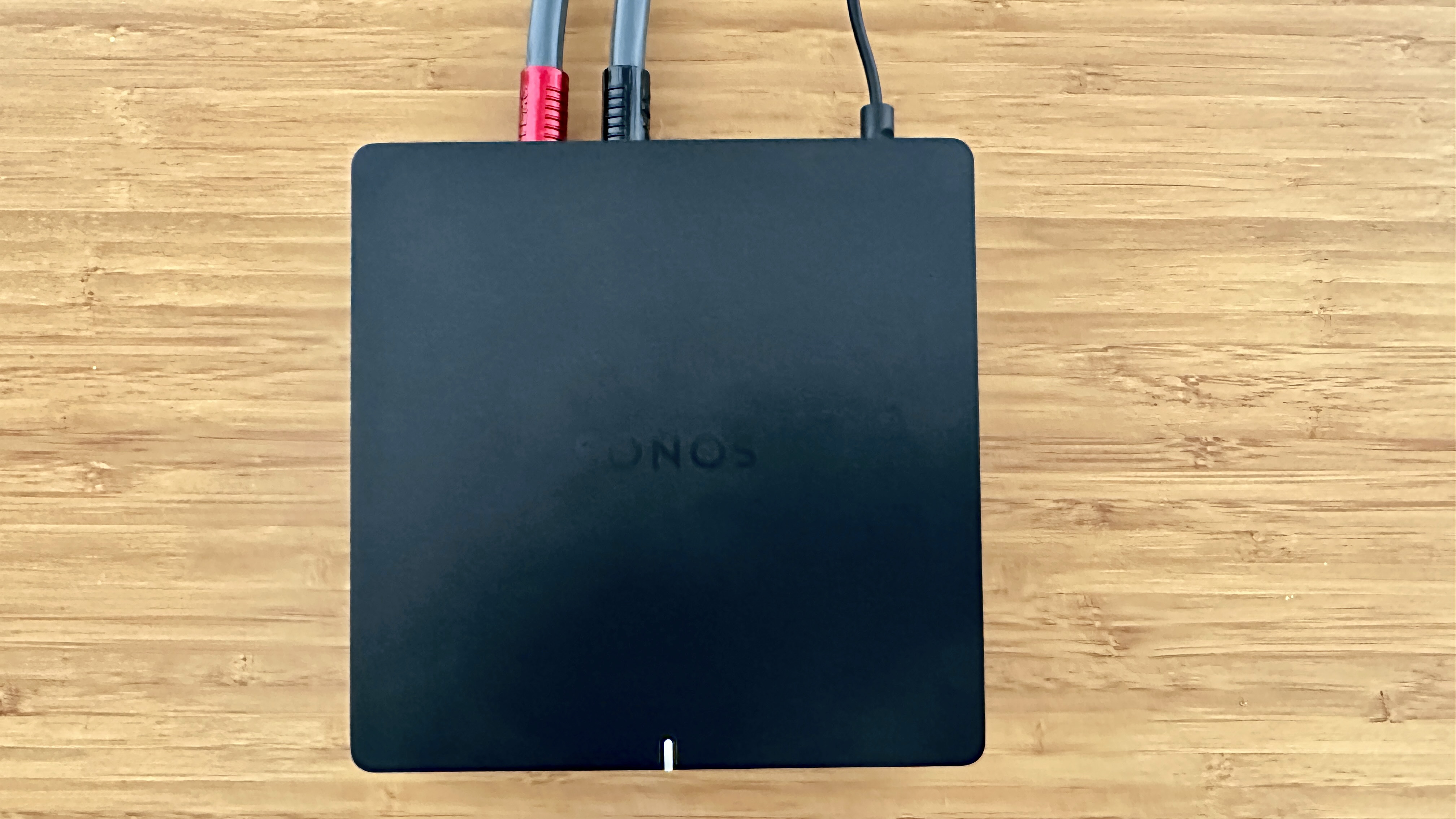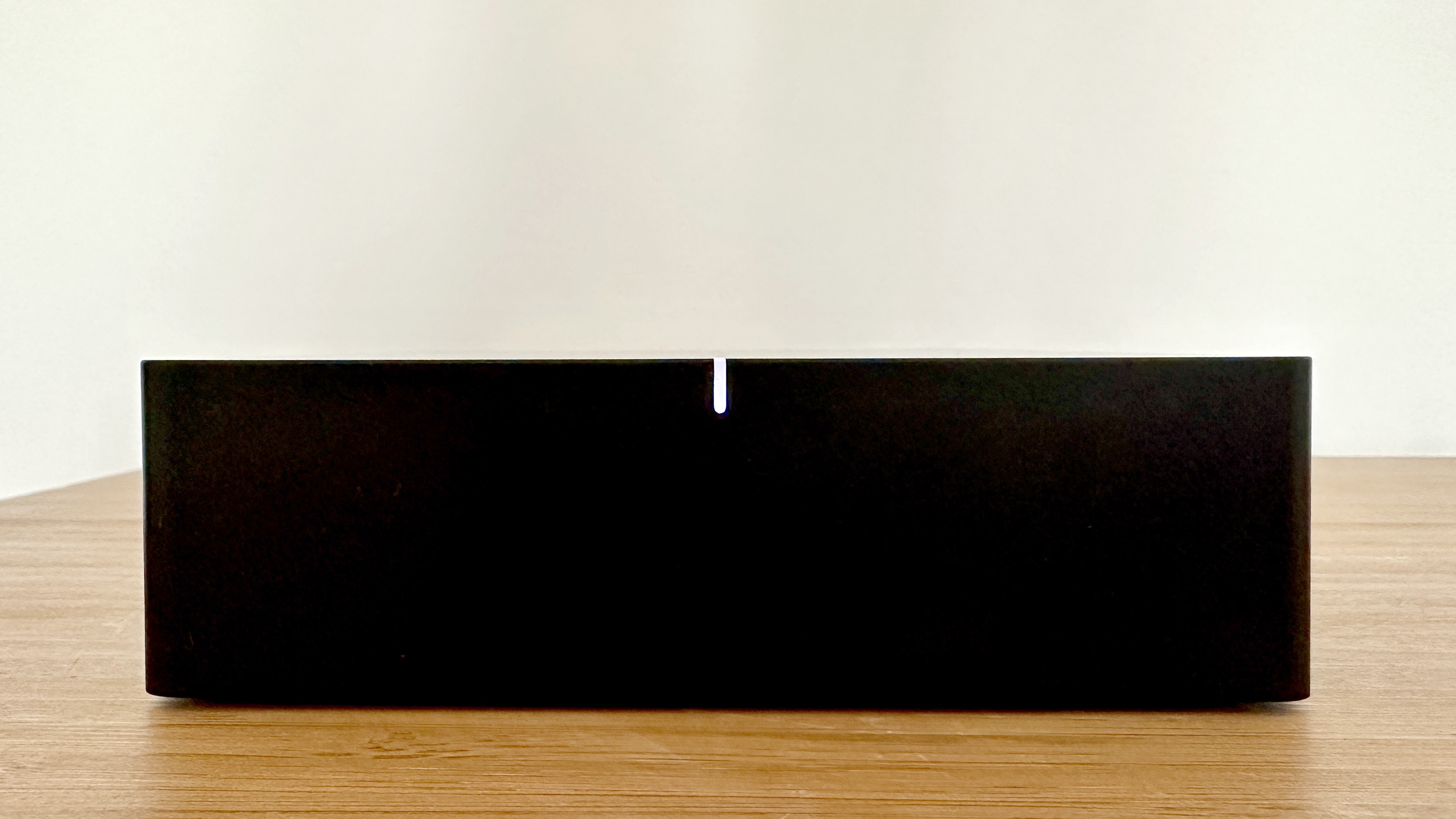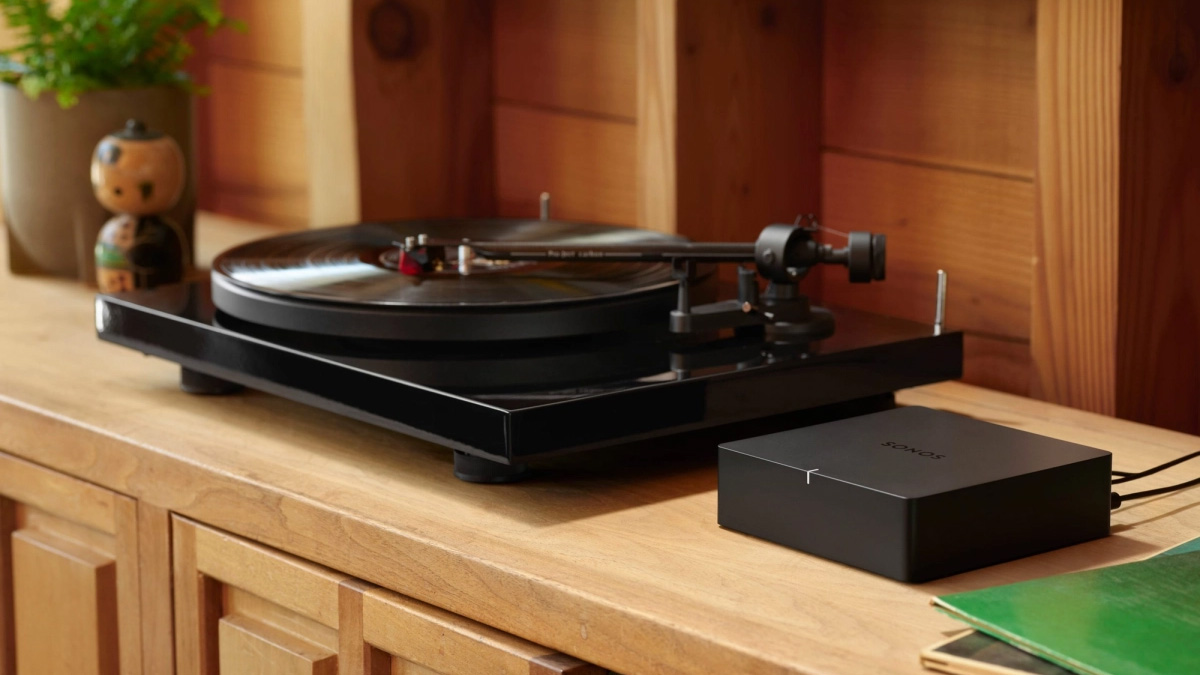
Goodbye Sonos Connect, hello Sonos Port. The world’s leading wireless multi-room music streaming ecosystem has a new network-attached streamer-meets-DAC, and it’s here to bring your legacy hi-fi system into the brave new world of multi-room audio - and allow an offline source (like a CD player or turntable) to join in too.
Of course, nothing happens in isolation - and since Sonos Connect was 'a thing', your choice of similarly equipped, similarly capable alternatives has expanded in all directions. Indeed, the best music streamers have gone from strength to strength in recent years.
They don’t all say ‘Sonos’ on them, it’s true, which means they don’t make use of what is widely acknowledged to be the best, most stable and most reliable control app around - but it’s going to take a bit more than that for the Port to pass the test…
Sonos Port: Price & Release Date
The Sonos Port is on sale now, and it costs £399 in the United Kingdom. In America the asking price is $449. While in Australia it’ll set you back AU$699.
There was a time this would have seemed properly affordable for a network streamer/DAC - but those days are gone. The emergence of WiiM, in particular, has made everyone reassess just how affordable a talented little streamer/DAC ought to be.
Sonos Port review: Features & What's New?

Even network streamers from the most forthcoming companies don’t tend to have an exhaustive list of features to discuss - and it’s safe to say that Sonos is not the most forthcoming of companies.
So the Port is basically anonymous. There are some physical connections - line-level analogue input, a corresponding output and a digital coaxial output in case you want to bypass the Port’s internal DAC. Beyond the fact that the Port can convert digital information to its analogue equivalent, details of the DAC are nonexistent. What’s its native resolution? What file types is it compatible with? Who makes it? Your guess is as good as mine.
There are a couple of Ethernet sockets, and dual-band Wi-Fi connectivity is available too. The Port is compatible with Apple AirPlay 2, but all other streaming is controlled in the Sonos app - which is no hardship at all.
And apart from a 12V trigger to fire up your amplifier when you switch the Port on, that’s your lot. ‘Minimal’ is as positive a word as I can deploy here.
Sonos Port review: Performance

As the star rating at the top of this review strongly suggests, there are ‘pros’ and ‘cons’ to the way the Sonos Port makes music sound. So I may as well start with the ‘cons’ and then finish on a high.
The Sonos Port is a rabble. It struggles to organise even the most straightforward, least complex music in your collection into a coherent performance - and as the complexity of your recordings increases, the Port’s grip on them becomes ever looser. There’s no unity to its presentation, no sense of singularity or togetherness - and consequently the sort of instinctive interplay between elements of a recording that’s so essential to it sounding in any way coherent is absent.
There’s very little dynamic expression to the sound here, too. Everything that happens in a recording seems to happen at a set level of intensity and volume, and the Port is unwilling or unable to deviate from there - even if you know the music you’re listening to goes through fluctuations, you’d never know it from the way the Sonos presents it. And there’s a tragic lack of weight and substance to the presentation that robs music of any meaningful heft or impetus.
Mind you, the flyweight nature of the sound here does at least contribute to a quite clean and reasonably rapid performance. The Port may not be able to sort its feet out, but it retains and reveals a lot of detail at every point of the frequency range, and puts it into context quite confidently too. And while there’s very little meat on the bones of the low frequency response here, the overall frequency range is quite nicely balanced.
Quite a lot of this can be mitigated if the DAC in the amplifier (or what-have-you) you’re connecting the Port to is even half-decent - the lines between elements of a recording become a little less blurred, and the sound gains a little dynamism and variation. It’s not a night-and-day difference, you understand, but even a marginal gain is a gain…
Sonos Port review: Design & Usability

At 138 x 138 x 41mm (HxWxD) and 470g, the Sonos Port is far from the most intrusive device around - and its matte-black finish, single tell-tale LED and black-on-black company logo only adds to the impression of understatement and stealth. Like every Sonos product, the Port is beyond reproach when it comes to the quality of materials, of build and of finish.
As far as usability is concerned, things couldn’t be much more straightforward. The Port needs to be connected to your system using either its analogue or digital coaxial output, to the mains using the provided mains adapter, and then to your network and/or your existing Sonos system (should you have one).
The Sonos control app remains a paradigm, the gold standard - so getting the Port up and running, and then integrating your favourite streaming services and what-have-you, is simplicity itself.
Sonos Port review: Verdict

For Sonos users, the Port seems an obvious network streamer choice to make if you've got lots of the companty's kit. Problem is, there's actually much better competition out there when it comes to sound quality and handling.
It’s not often that things go wrong in Sonos-land, but when they do it shows. The Port isn’t an outright disaster, of course, but it’s miles away from where it really needs to be - especially given how competent so much of its streamer competition is these days.
Also consider
You can get better performance for quite a lot less money by acquiring the WiiM Pro Plus - it’s even smaller and more anonymous than the Port, has a control app that bears comparison, and is comfortably a more accomplished and more composed listen.
If you’re prepared to find a little more cash, then the Cambridge Audio MXN10 throws the sound of the Sonos into very unflattering light indeed.







